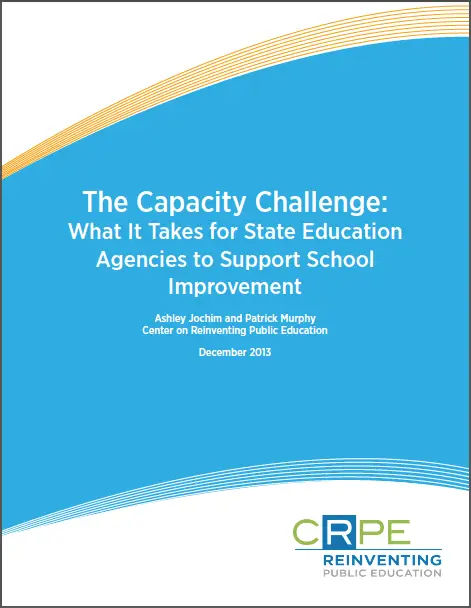The push to raise standards and increase student outcomes has placed state education agencies (SEAs) at the center of efforts to improve the performance of the nation’s lowest-performing schools, but few are well positioned to deliver on that imperative. Federal and state initiatives like Race to the Top, School Improvement Grants, and Common Core State Standards pose challenges that most agencies are not prepared to meet.
Seeking to understand what SEAs are doing to meet new and existing obligations, researchers conducted interviews with state chiefs and analyzed agency initiatives and budgets in 10 states with varied approaches to school and district improvement. They found no evidence that those with the most money had better data systems or more comprehensive accountability systems. And few SEAs engage in the type of budget analysis that would enable them to assess whether their investments align with their priorities or are paying off.
While the lack of legal authority to intervene in failing schools sometimes limited the ability of states to act on their school improvement strategies, the researchers found that states that had such authority rarely used it.
Importantly, the findings suggest that in many cases, the will to act is the biggest barrier to transforming agency practice. Absent strong leadership and a commitment to improving the performance of low-performing schools and districts, more resources or legislative victories are unlikely to result in meaningful change.
To transform their organizations from compliance monitors into more effective drivers of reform, SEAs need to focus on leveraging the authority and funding they have to support school improvement. The report provides several recommendations state chiefs can act on even without new resources.





